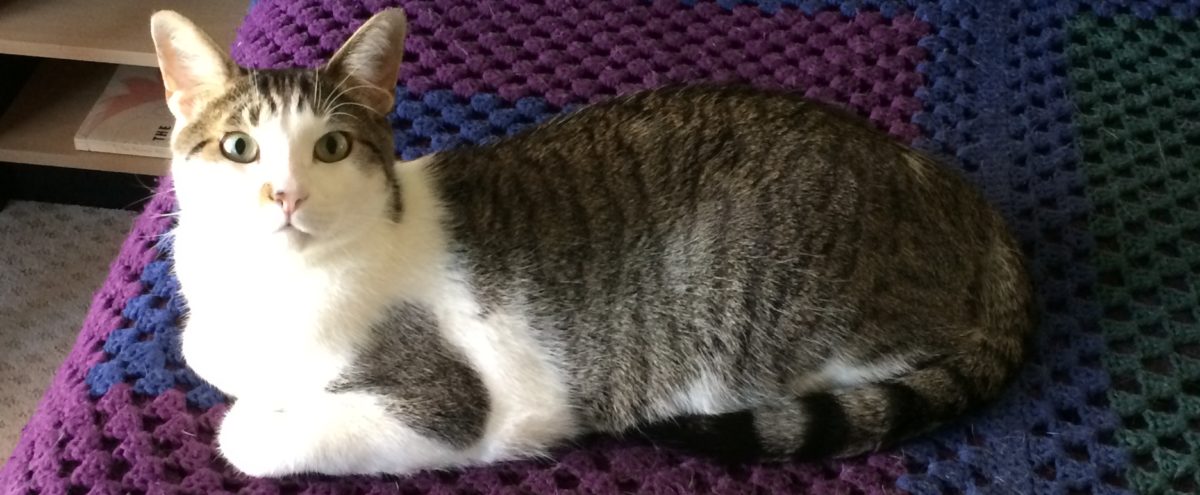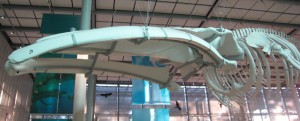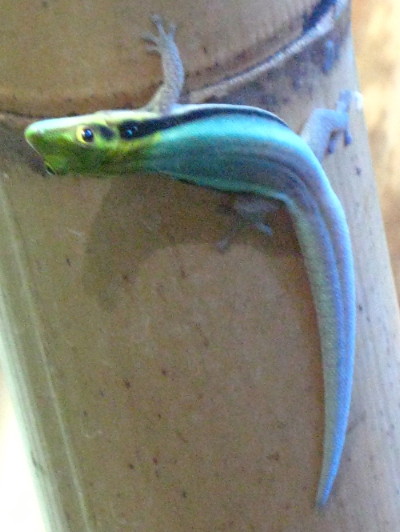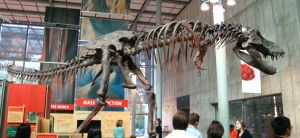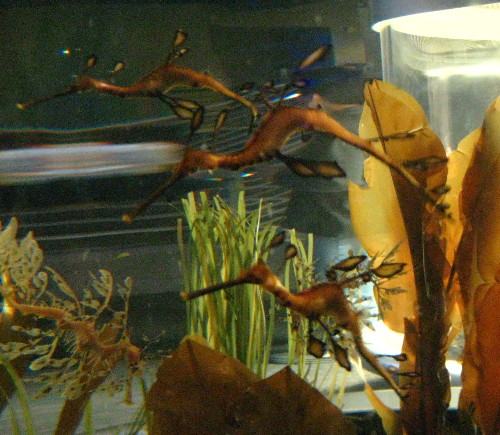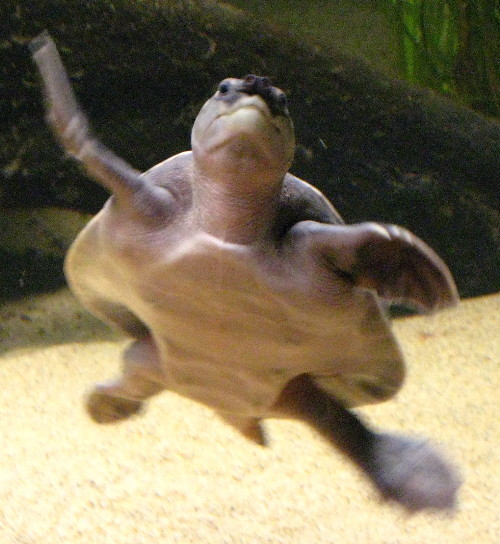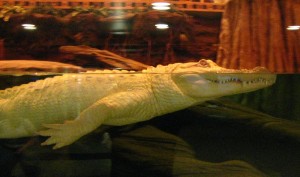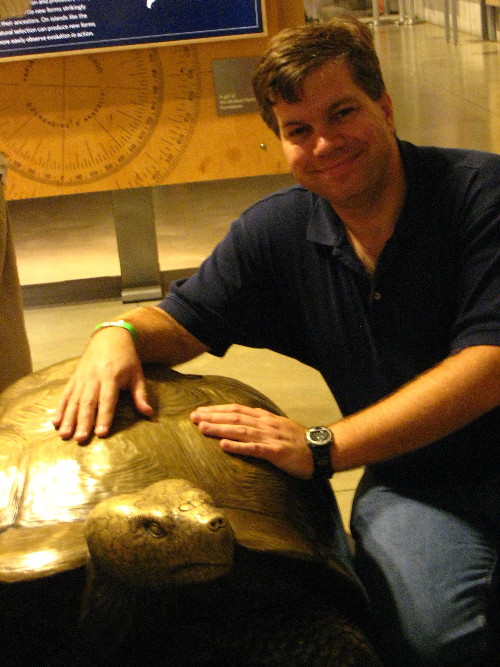It took us a little while, but this weekend we finished off the fourth season of Doctor Who. As usual, I’ll run down the episodes from best-to-worst (in my opinion, anyway), and then some comments with spoilers:
- Silence in the Library/Forest of the Dead (written by Steven Moffat)
- Turn Left (Russell T. Davies)
- Planet of the Ood (Keith Temple)
- Midnight (Russell T. Davies)
- The Stolen Earth/Journey’s End (Russell T. Davies)
- The Doctor’s Daughter (Stephen Greenhorn)
- The Fires of Pompeii (James Moran)
- The Unicorn and the Wasp (Gareth Roberts)
- The Sontaran Stratagem/The Poison Sky (Helen Raynor)
- Partners in Crime (Russell T. Davies)
- Voyage of the Damned (Russell T. Davies)
Season four got off to a very shaky start indeed, with the Christmas special “Voyage of the Damned”, which was silly, dumb, nonsensical and several other adjectives. A bad episode, as the Christmas specials generally have been. But still, forgivable as it was just a special.
Unfortunately, the season proper got off to a start nearly as poor, with a ridiculous (and rather gross) villain and plot. The redeeming quality of “Partners in Crime” was the whimsical relationship between the Doctor and new companion Donna Noble, with the memorable musical theme for their pairing. But the episode itself bent over way too far to keep the two just missing each other for its first half, and the premise of creating little baby aliens from human fat was disgusting for basically no good reason. Between them, these two episodes made me put off watching the rest of the season for quite a few weeks, because they were both really weak.
Unfortunately this is a consistent problem in Russell T. Davies’ writing: His characterizations are pretty good (occasionally great), but his plotting and premises – even by the loose standards of Doctor Who – tend to be very weak.
The next few episodes are decent “bread-and-butter” episodes: “The Fires of Pompeii” is about as middle-of-the-road an episode as you could get. “Planet of the Ood” is a pretty good thriller. “The Sontaran Strategem/The Poison Sky” is a mediocre invasion-of-Earth yarn. “The Doctor’s Daughter” is a straightforward colonization-gone-wrong yarn, made a little better through the exuberant performance of Georgia Moffett as Jenny, and titular character; however, I guessed the episode’s punchline about 15 minutes in. “The Unicorn and the Wasp” is a far-too-pretentious science fictional mystery featuring Agatha Christie as one of the characters; despite a few good moments, the episode is too ludicrous to hold together.
At this point we’re more than halfway through the season and it’s been a pretty mediocre lot so far. And as a companion Donna has been something of a mixed bag. She’s at her best when she’s acting as a mature, capable woman; as with Martha Jones in season three, at times she’s more mature than the Doctor himself. But her characterization is uneven, as she’s often overwhelmed by events she’s thrown into, which although it’s fairly reasonable that she would be, it’s also ground that feels recently trod-over in the current series. Catherine Tate seems swept away by the eddies of the writing, doing well when given good material, but seeming whiny or annoying with weaker material. Ultimately I blame the writing, as I think it would take an actress of historic talent to forge a consistently great performance out of the character of Donna as portrayed here.
Fortunately, the second half of the season is a marked improvement over the first, unsurprisingly starting with Steven Moffat’s two-part entry, “Silence in the Library/Forest of the Dead”. It starts off as an effectively eerie horror episode – a global library which is utterly silent and deserted when the Doctor and Donna arrive – and soon become much more with the introduction of archaeologist RIver Song, who knows the Doctor but he doesn’t know her; this is the first time he’s met her, but she’s known his future self for a while. Alex Kingston is terrific as River, and makes me look forward to seeing her (hopefully) in the future, although the way television series work, I’m not holding my breath. The story has the frantic-yet-terrifying feel of some classic episodes, with the characters beating a hasty retreat from their opponents while slowing figuring out (at some cost in body count) what’s going on. If I have a gripe with the episode, it’s the fate of River Song, which although not utterly tragic, is less optimistic than I’d hoped. I like to think that she eventually is reincarnated and is able to live her life and meet the Doctor again. Nonetheless, this two-parter is – as was the case with Moffat’s last two stories – the clear standout of the season.
The season ends with four Davies-written episodes, which isn’t as bad as it might sound. “Midnight” is an effectively creepy locked-room story, more atmosphere than story, about an alien creature that takes over the body of a woman on a broken-down transport in the middle of an unlivable planet’s wilderness. The story’s main flaw is one of motivation – what’s the alien trying to accomplish, and why does it behave as it does once it’s rendered the Doctor powerless? – but as a suspense yarn it’s pretty good.
Donna barely appears in “Midnight”, so conveniently “Turn Left” is all about Donna: An alien fortune teller inflicts her with a creature which causes her to turn right rather than left back when she interviewed with the company where she ended up meeting the Doctor. As a consequence, the Doctor dies because she’s not there for him in “The Runaway Bride”, and terrible things befall the Earth because of his absence. This sets the theme for the season finale: Donna feeling like she’s just an insignificant person, when her presence has changed the world. It’s quite a good episode, although the sense of destiny imparted to Donna feels grafted-on after the way her character’s been handled so far, and again, the fortune teller’s motivations are left unexplained.
The big finish is “The Stolen Earth”/”Journey’s End”, in which the Earth is, well, stolen – by the Daleks, of course. It’s hard to understand why they keep losing when they have the technology to steal planets and keep them out of phase with mainstream time, which is just one of many flaws in the story. But as a Davies story, much of the plot is left unexplained and/or doesn’t make much sense. The theme of the story is that of the Doctor’s large extended family, all of whom (since the series reboot) appear in this episode, usually accompanied by a plot hole or a moment of sheer coincidence. Everyone pulls together to make things turn out okay, and there’s a rather nice sequence of saying farewell to everyone who’s been on the show the last few years, a sort of farewell to Russell Davies’ tenure.
Davies seems to be a sucker for both the Daleks and big, world-changing climaxes, both of which have worn thin their welcome with me over the last few years. He injects Davros, the Daleks’ creator, though other than giving a manic voice to the Daleks’ ambitions he doesn’t contribute much. The episode looks nice – the producers have learned how to apply their special effects budget quite well – and there are many touching moments (and a few clever ones, like when Jackie escapes certain death), but the whole thing feels like it’s trying too hard.
The story ends with a half-human clone of the Doctor, which gives Rose (who’s acquired a lisp since she last appeared) a happy ending with (after a fashion) the man she loves, and with Donna gaining the Doctor’s mind, which overloads her human brain, forcing the Doctor to make her forget all about him and leave her back on Earth. This latter bit seemed not only completely improbable, but largely unnecessary from a story standpoint: Either kill her off cleanly, or find some better way of having her leave the TARDIS. Wiping her memory, too, seems just like cruel writing.
Overall I think the fourth season was a little better than the third season, even though I liked Martha Jones better as a companion than I did Donna. But I’m looking forward to Steven Moffat taking over as head writer. I think he has the right sense of gravitas to give the series some meaning, but hopefully his tighter storytelling will carry over to structure for a whole season, without the kitchier extremes of Russell Davies’ writing.
Oh, and also, we’ll have a new Doctor, as David Tennant is departing along with Davies after this year’s specials. So it’ll be a fresh start. Again.
